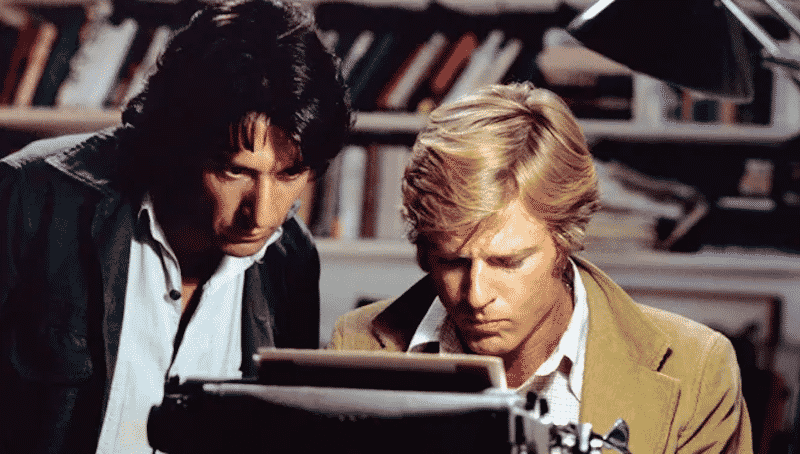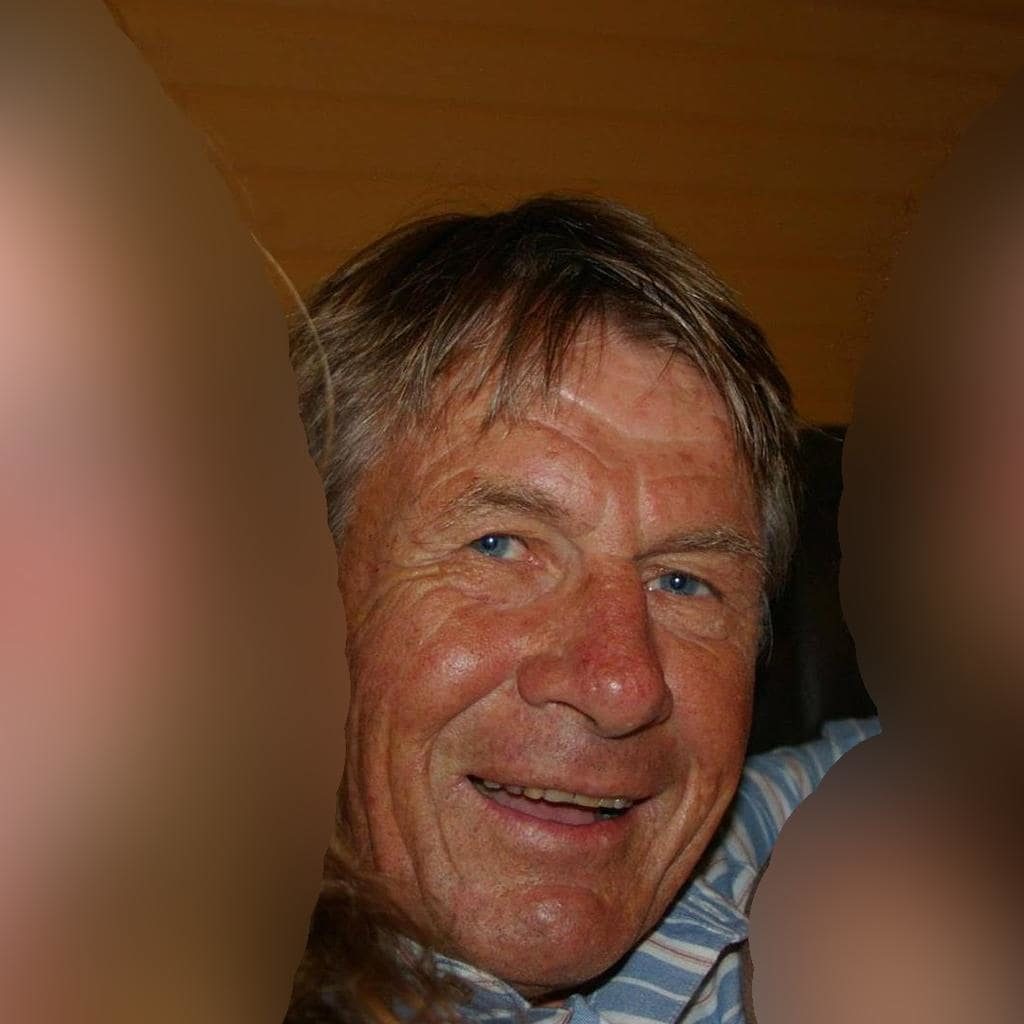"Fear is static," says Mark Mathews. "You can squash it."
Before you fall under the spell of Mark Mathews and his prey-to-predator alchemy as shown in the film The Other Side of Fear, let me describe the appearance of the Fearless Man.
He is, in the long ago summer of 2016, thirty-three years old, of average height, carrying a small covering of red fur across a large domed head, with darker hair tumbling over a small chest before climbing a pot-belly and disappearing into a withered adonis belt and pubis.
We find the Fearless Man living in a Sydney beachside suburb called Maroubra, a once down-at-heel neighbourhood famous for its gang warfare and criminal episodes now being gussied up by developers, a diaspora of Parisians attracted by the nearby French school and creatives driven out of nearby, but dramatically more expensive, Bondi.
He lives in the rented ground-floor apartment of a beachfront block, coloured yellow, that was built in the nineteen-thirties.
His two-bedroom domicile features waist-to-ceiling windows, each filled with the startling colour of the Pacific Ocean, fifty metres away.
The windows don’t frame blue on the hot December morning I visit to examine his latest surfing injury, a right leg that was almost lost to a surgeon’s knife after it was discovered the dislocation of his knee during a stomach churning wipeout had choked off an artery.
Instead, we find the Fearless Man reclined on a five-hundred-dollar microfibre lounge chair in the same puke yellow colour as the apartment building, blinds drawn, a blood-stained white sheet strewn on the floor.
On a little fold-out table is a zip-lock bag the size of a Beverly Hills housewife’s purse filled with rectangular blister packs containing government-approved opiates of differing origins and strengths.
“I can’t stand looking at the ocean and not knowing if I’m ever going to surf again,” he says.
He grimaces.
“I’m lucky not to be in a wheelchair.”
A few months earlier, he was working with the Australian photographer Leroy Bellet, who made his name filming surfers from behind, a radical technique that practically invites disaster, on a project for energy drink company Red Bull.
The pair were towed into an three-storey high reef wave on the NSW South Coast. The wave went below sea-level, as the ledges the Fearless Man favours are prone to do, and he jumped off when the lip in front of him started to crumble.
The physics of water moving vacuumed him from the bottom of the wave to the top and he landed foot first on the reef.
“At first, I thought my leg was broken,” says the Fearless Man, whose nickname “Chalk” references his innumerable injuries including a shoulder injury on a ten-storey monster in Hawaii that had kept him out of the water for the previous nine months.
Wistfully,
“I’d only just started surfing again.”
After this year’s wipeout, he was put in a full-body brace and taken by helicopter to hospital.
“The first op was an artery transfer. After the surgery the doc came out and told my girl he wasn’t sure I would keep my leg,” he says.
He kept the leg.
Now he ain’t so sure he’ll ride a wave, any wave, not even one foot, let alone the twenty-foot monsters he’s built a career on.
As the morning sun tries to penetrate the dark material of the blinds, he drags himself off the easy chair and scoops up his aluminium crutches.
“I fucking hate these things.”
A look.
“I hate these more.”
He tosses his zip-lock bag into a plastic bin, ties a knot in the liner and hobbles out to the building’s rubbish bins.
The Fearless Man chooses pain over addiction.
He knows injury, the inertia that follows and a reliance of opiates will poison his mind as much as his body.
“It’s gonna be tough, but I’m not going to be a junkie.”
It’s a piece of theatre I’ve seen before.
When the shoulder was torn from its socket on that ten-storey wave in 2015, a body of water described by the very famous Hawaiian big-waver Shane Dorian as “one of the biggest and heaviest waves I’ve ever seen”, his surgeon said the view from inside his deltoid was an “explosion” similar to the mess he’d seen on a motocross rider he’d operated on two months earlier.
The Fearless Man had come back to Maroubra to recover.
Then, as now, the blinds were drawn, easy chair wheeled out from the garage and the zip-lock bag opened.
But as pain relief turned to need and his mind began to run along dark tracks, the drugs were binned and the shades opened.
The road to a healthy, non-dependant recovery from catastrophic injury ain’t easy nor is it pretty.
It’s a fear of a pain so deep it feels like your bones are being eaten from the inside; a fear that those hundreds of humiliating rehab sessions are pointless and your leg or shoulder is never going to function in any meaningful sense.
As easy as it would be to float on a synthetic cloud, the Fearless Man doesn’t look away.
On both occasions, I was there for the dumping of the drugs in the outside bins and the squinting of his eyes as the blinds were opened and sun flooded his living room.
His eyes adjust to daylight. I see him literally grit his teeth.
He tells me he’s been scared of everything: small waves as a kid, big waves as a teenager, permanent disability because of some dumb wipeout and, most of all, and comically given what he now does for a living, public speaking.
And how he has spent the last fifteen years studying whatever he can find, self-help books, peer reviewed medical studies examining the behaviour of the brain in stressful situations, philosophical dissertations on the meaning of life and the frameworks, from the classic religions to the cosmic, to help him create his own road-map to living a life liberated from fear.
He knows being crippled doesn’t always mean a broken leg or twisted spine.
“Want and determination is dynamic,” he says. “Fear is static. You can squash it.”
“How?” I ask, looking at the swelling of flesh and tissue on his leg, coloured purple behind a loose bandage.
“That,” he says, “would fill a book.”
Click here to watch film.









